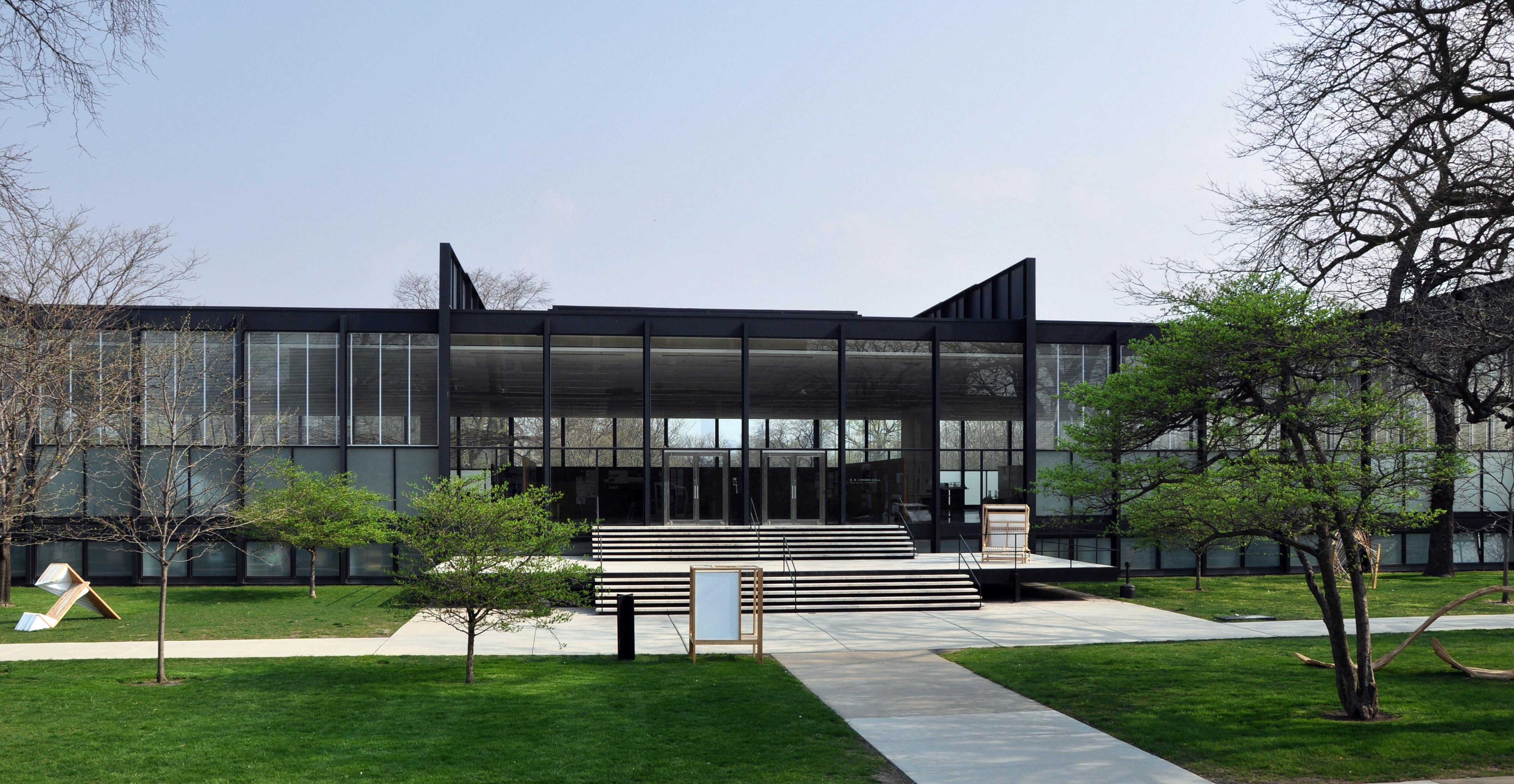|
Testing Maturity Model
The Testing Maturity Model (TMM) was based on the Capability Maturity Model, and first produced by the Illinois Institute of Technology.Article in Crosstalk I. Burnstein, A. Homyen, R. Grom and C.R. Carlson, “A Model to Assess Testing Process Maturity”, CROSSTALK 1998, Software Technology Support Center, Hill Air Force Base, Utah Its aim to be used in a similar way to CMM, that is to provide a framework for assessing the maturity of the test processes in an organisation, and so providing targets on improving maturity. Each level from 2 upwards has a defined set of processes and goals, which lead to practices and sub-practices. The TMM has been since replaced [...More Info...] [...Related Items...] OR: [Wikipedia] [Google] [Baidu] |
Capability Maturity Model
The Capability Maturity Model (CMM) is a development model created in 1986 after a study of data collected from organizations that contracted with the U.S. Department of Defense, who funded the research. The term "maturity" relates to the degree of formality and optimization of processes, from '' ad hoc'' practices, to formally defined steps, to managed result metrics, to active optimization of the processes. The model's aim is to improve existing software development processes, but it can also be applied to other processes. In 2006, the Software Engineering Institute at Carnegie Mellon University developed the Capability Maturity Model Integration, which has largely superseded the CMM and addresses some of its drawbacks. Overview The Capability Maturity Model was originally developed as a tool for objectively assessing the ability of government contractors' ''processes'' to implement a contracted software project. The model is based on the process maturity framework first desc ... [...More Info...] [...Related Items...] OR: [Wikipedia] [Google] [Baidu] |
Illinois Institute Of Technology
Illinois Institute of Technology (IIT) is a private research university in Chicago, Illinois. Tracing its history to 1890, the present name was adopted upon the merger of the Armour Institute and Lewis Institute in 1940. The university has programs in architecture, business, communications, design, engineering, industrial technology, information technology, law, psychology, and science. It is classified among "R2: Doctoral Universities – High research activity". The university's historic roots are in several 19th-century engineering and professional education institutions in the United States. In the mid 20th century, it became closely associated with trends in modernist architecture through the work of its Dean of Architecture Ludwig Mies van der Rohe, who designed its campus. The Institute of Design, Chicago-Kent College of Law, and Midwest College of Engineering were also merged into Illinois Tech. History The Sermon and The Institute In 1890, when advanced education wa ... [...More Info...] [...Related Items...] OR: [Wikipedia] [Google] [Baidu] |
Enterprise Architecture Assessment Framework
The Enterprise Architecture Assessment Framework (EAAF) is created by the US Federal government Office of Management and Budget (OMB) to allow federal agencies to assess and report their enterprise architecture activity and maturity,Enterprise Architecture Assessment Framework , USA. and to advance the use of enterprise architecture in the federal government. The version 2.2 of the framework was released in October 2007,OMB (July 2007) ''Federal Enterprise Architecture Program EA ... [...More Info...] [...Related Items...] OR: [Wikipedia] [Google] [Baidu] |
Software Testing
Software testing is the act of examining the artifacts and the behavior of the software under test by validation and verification. Software testing can also provide an objective, independent view of the software to allow the business to appreciate and understand the risks of software implementation. Test techniques include, but not necessarily limited to: * analyzing the product requirements for completeness and correctness in various contexts like industry perspective, business perspective, feasibility and viability of implementation, usability, performance, security, infrastructure considerations, etc. * reviewing the product architecture and the overall design of the product * working with product developers on improvement in coding techniques, design patterns, tests that can be written as part of code based on various techniques like boundary conditions, etc. * executing a program or application with the intent of examining behavior * reviewing the deployment infrastructure a ... [...More Info...] [...Related Items...] OR: [Wikipedia] [Google] [Baidu] |


